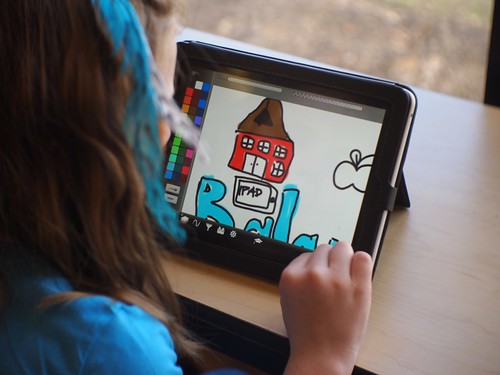While I was preparing an English class, I came across a book activity that presents a rather recent addition to authentic language use: Yeah, no.
“Yeah, no. we should really try to keep traditions going.”
It’s not exactly slang, but people are now using this with increasing frequency in conversation. At face value, it looks quite contradictory, and I imagined that there are people who aren’t at all familiar with its use.
One question that comes to mind is, “Where did this expression come from?” Well, a cursory search points to our friends “down under” in Australia. It is similarly used in South Africa (Yah, nay), yet is not limited to the English language; in German, ‘ja nein’ is used as well! In fact, in can be found in just about any English-speaking country.
So, how can it be used? Well, in a number of ways. Here’s a list that I’ve put together based on my search:
- used frequently to agree, as in “Yes, indeed, and no, I wouldn’t think of contradicting you:
- “My car is in the shop, and you had said you would stay home today, so would you mind if I borrowed your car?”
- “Yeah, no, that would be just fine!”
- used less frequently to acknowledge what was said, yet disagree, as in:
- “During the movie, I found myself squirming in my chair!”
- “Yeah, no, I don’t like horror movies”.
- used to soften the rejection/denial of a person’s request:
- “Those are only some of the problems we had.”
- “Yeah, no, we can’t give you your money back, sorry”.
- used to give a sarcastic and emphatic no:
- “So what do you think?”
- “Yeahhhh, NO! That’s a terrible idea.”
- used as an alternative filler to “um/uh”.
It’s important to highlight that “yeah, no” always appears as a way of starting a conversation or as something uttered briefly before a response to something that has been said. It is never used in the middle or at the end of a comment. Typically, there is no pause following “no”.
I personally question whether or not “Yeah, no” will persist in language or will fade away like a fad. However, Cambridge sees it as a strategy of increasing fluency. So, what do you think? Is “yeah, no” here to stay? Do you agree with my list? Do you have any else to add? Let me know in the comments.
Sources:
http://www.cambridge.org/us/cambridgeenglish/catalog/adult-courses/viewpoint/viewpoint-level-1-students-book Cambridge Viewpoint 1, page 121.





